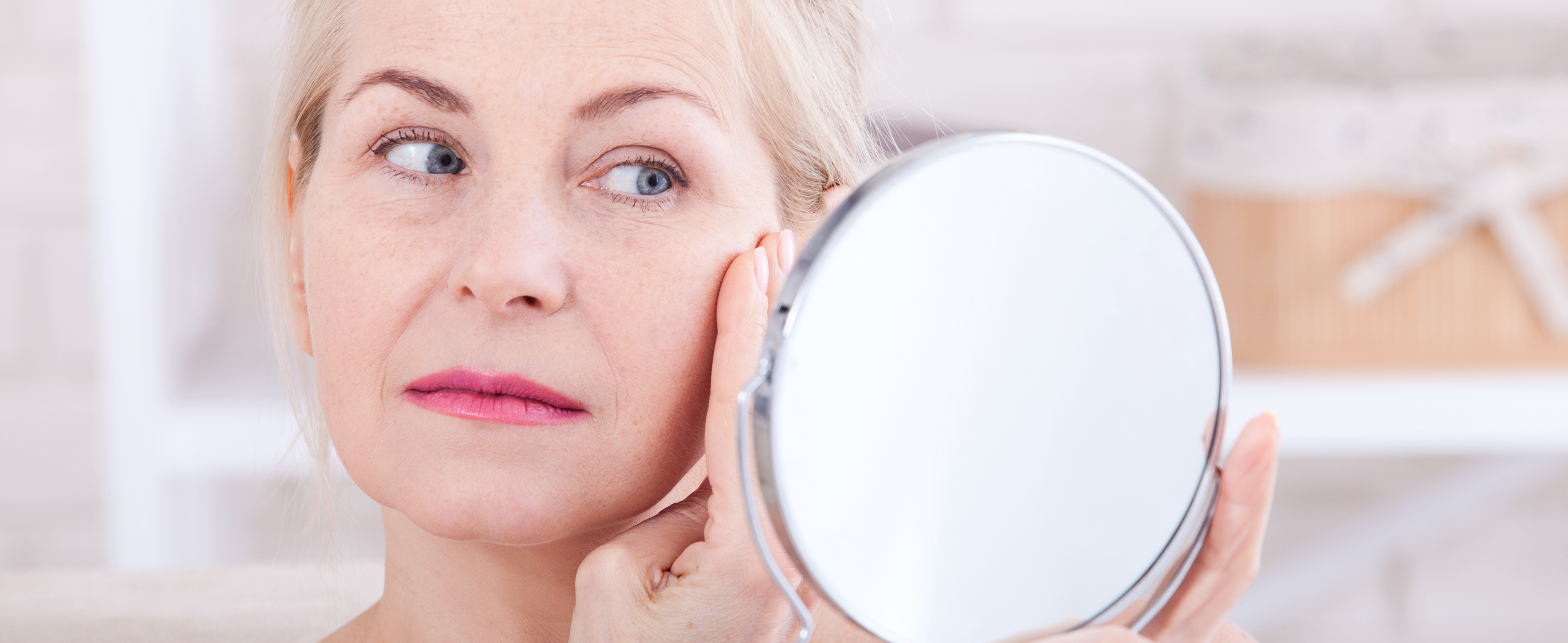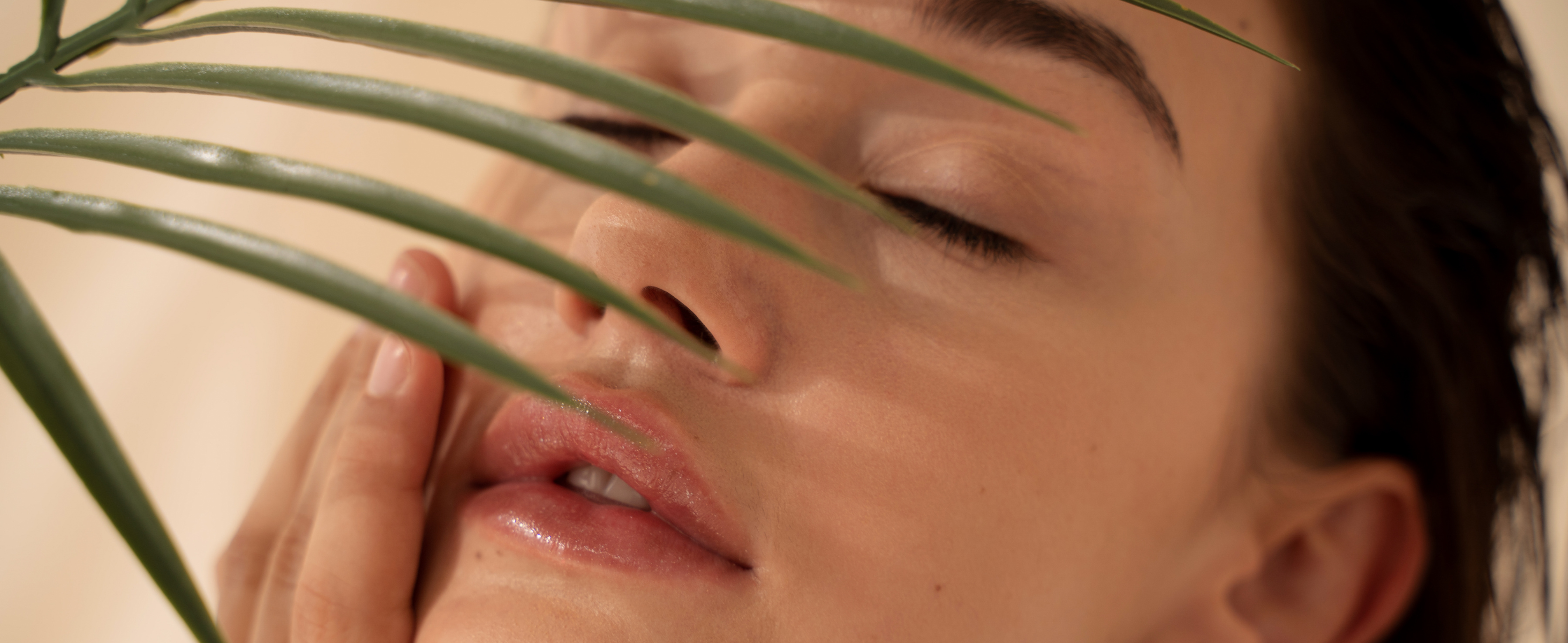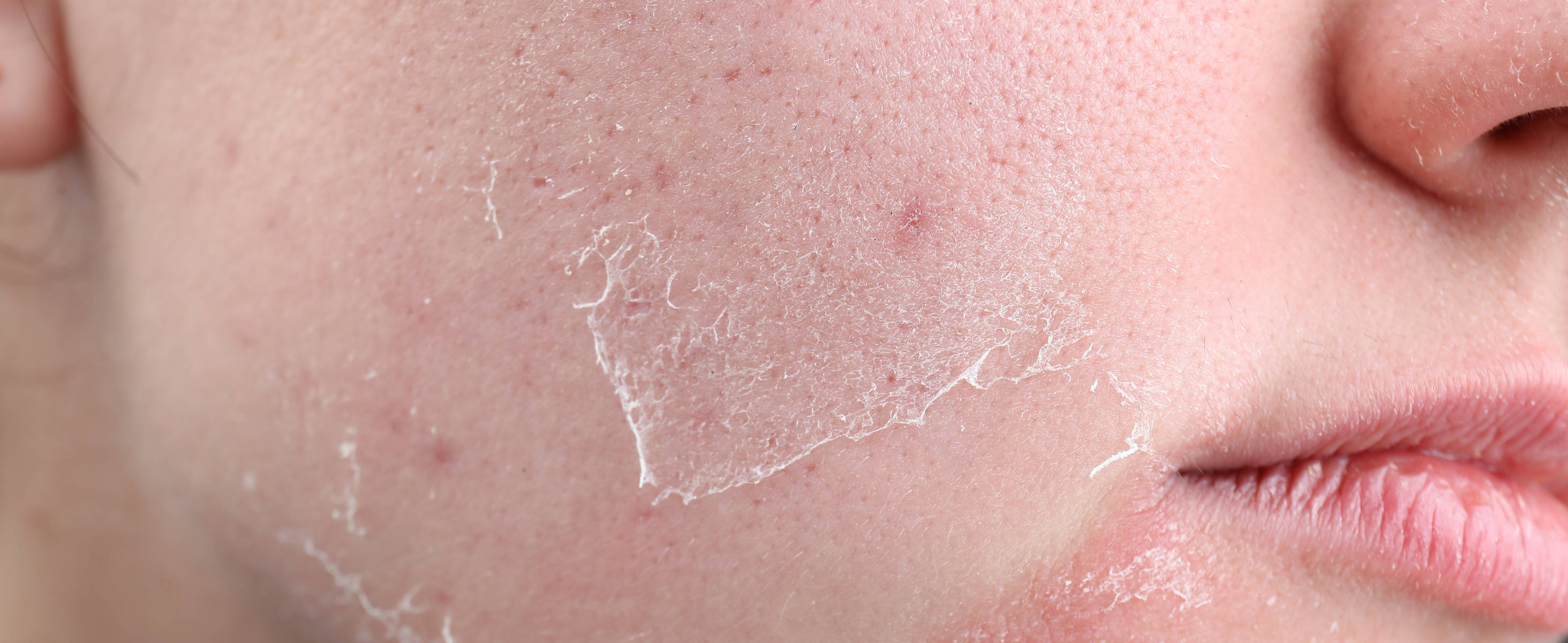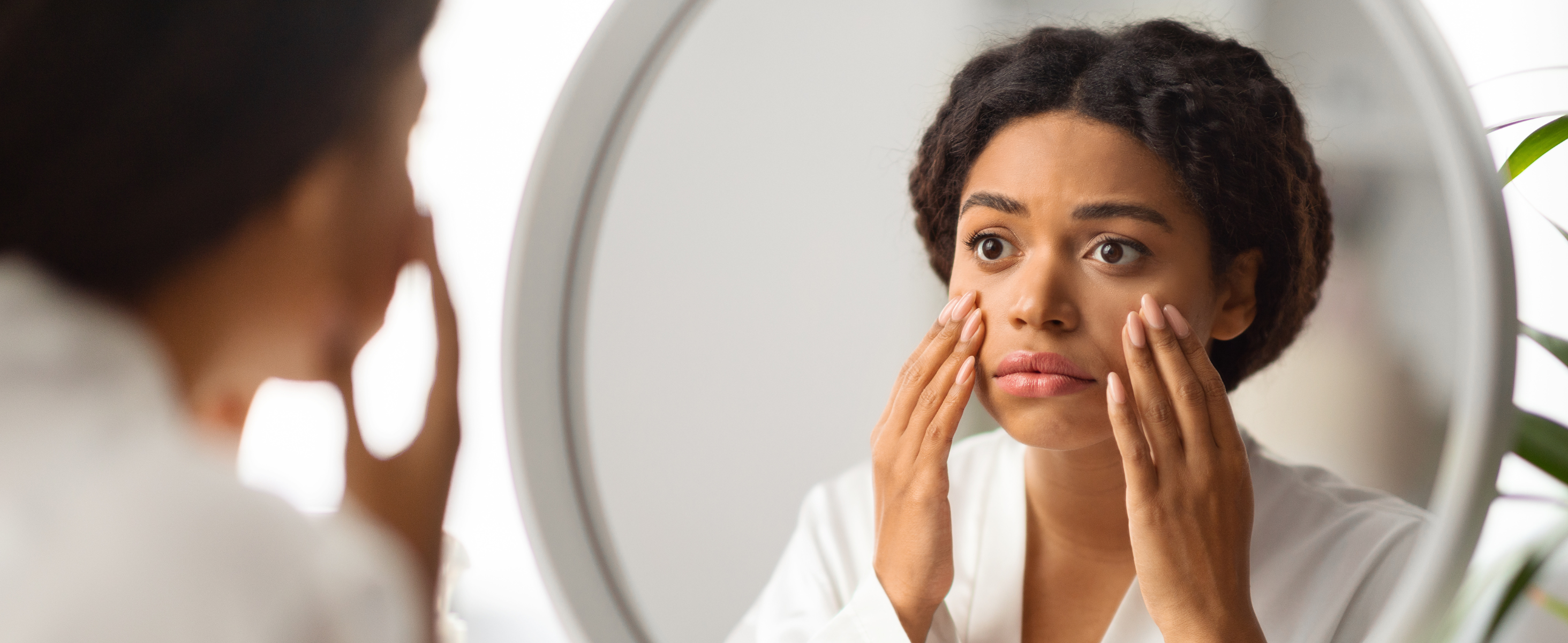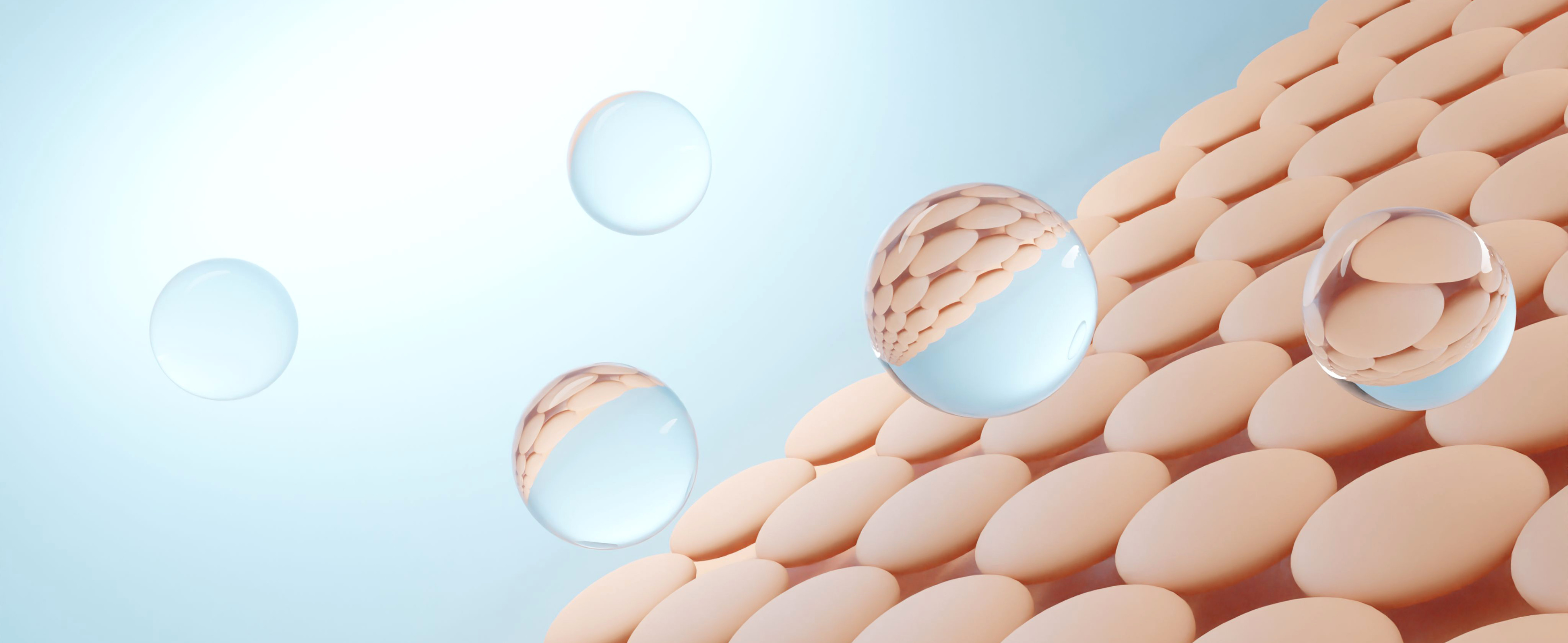Have you ever noticed small, pale bumps on your lips or genital area and wondered what they are? These could be Fordyce spots—common, harmless skin features that many people have but few discuss. Let's delve into what they are, why they appear, and what you can do about them.
What Are Fordyce Spots?
Fordyce spots are tiny, raised, pale white or yellowish bumps that typically appear on the edges of the lips, inside the cheeks, or on the genitalia. They are enlarged sebaceous (oil) glands that are not associated with hair follicles. Present from birth, these spots become more noticeable during puberty due to hormonal changes.
Causes and Risk Factors
While Fordyce spots are a normal part of human anatomy, certain factors may increase their prominence:
- Hormonal Influence: Androgenic hormones, particularly during puberty, can cause these glands to enlarge.
- Gender: Males are more likely to notice these spots, possibly due to higher levels of androgens.
- Genetic Links: Some studies suggest a connection between Fordyce spots and hereditary nonpolyposis colorectal cancer, indicating a potential genetic component.
- Lipid Levels: Individuals with hyperlipidemia (elevated lipid levels in the blood) may have a higher incidence of Fordyce spots.
>>> Order now: Belani Fordyce Treatment Cream
Identifying Fordyce Spots
Recognizing Fordyce spots involves observing their distinct characteristics:
- Appearance: Small (1–3 mm), pale white or yellow bumps.
- Distribution: Often appear in clusters, sometimes merging into patches.
- Location: Commonly found on the vermilion border of the lips, inside the cheeks, and on the genitalia.
- Symptoms: Typically asymptomatic, though some individuals may experience mild itching.
It's important to differentiate Fordyce spots from other conditions like genital warts, sebaceous hyperplasia, milia, or epidermoid cysts. If uncertain, consult a healthcare provider for an accurate diagnosis.
Treatment Options
Fordyce spots are benign and usually don't require treatment. However, for cosmetic reasons or if they cause discomfort, several options are available:
- Topical Treatments: Retinoids like tretinoin can help reduce their appearance.
- Laser Therapy: CO2 laser treatments can effectively remove spots with minimal scarring.
- Micro-Punch Surgery: A technique involving the removal of spots using a specialized tool under local anesthesia.
- Electrodesiccation and Cryotherapy: Methods that use electric current or freezing to eliminate spots.
It's crucial to discuss these options with a dermatologist to understand the potential risks and benefits. Avoid self-treatment methods like squeezing or picking, as they can lead to infection or scarring.
>>> Order now: Belani Fordyce Treatment Cream
Final Thoughts
Fordyce spots are a natural and common occurrence, affecting a significant portion of the population. While they are harmless, understanding their nature can alleviate concerns. If you're ever in doubt about skin changes, seeking medical advice ensures peace of mind and appropriate care.


